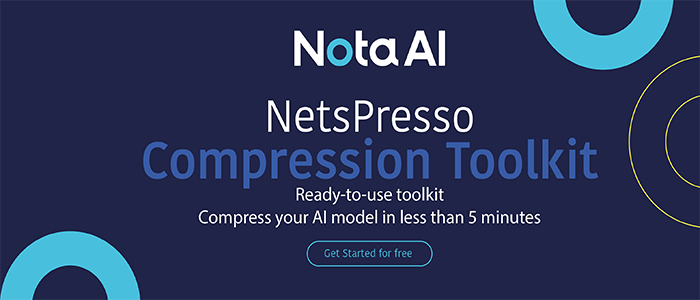Microsoft AI Team Proposes Floquet Codes: A New Class Of Quantum Error Correction Codes That Are Well Suited To Topological Qubits
This Article Is Based On The Research Paper 'Performance of planar Floquet codes with Majorana-based qubits'. All Credit For This Research Goes To The Researchers 👏👏👏 Please Don't Forget To Join Our ML Subreddit
Complex problems involve a large number of variables interacting in complex ways. For example, because of all the different electrons interacting with one another, modeling the behavior of individual atoms in a molecule is a difficult task. Quantum algorithms take a novel approach to these difficult issues, generating multidimensional spaces in which patterns connecting individual data points emerge.
The Microsoft Azure Quantum program is built on technological advancements that enable quantum computing to scale. Microsoft announced the notion of topological qubits in March 2022, which are qubits that are theoretically more stable than existing ones without sacrificing size or speed. However, developing a general-purpose quantum computer capable of solving industrial-scale issues will necessitate innovation at all levels of the quantum stack, from nanoscale materials to algorithms and applications.
Scientists state that quantum states are inherently fragile and are quickly destroyed when a qubit is coupled to its surroundings. This results in noise, developing the quantum computer a challenging task. Error correction, which is also utilized in traditional digital computing, is a critical technology for overcoming this fragility. Quantum error correction (QEC) can detect and fix most faults that occur on physical qubits by encoding the state of a single logical qubit into multiple physical qubits. However, depending on the quality of the physical qubits, error correction might raise a computation’s space requirements by a factor of thousands. In addition, its time requirements by more than tenfold. As a result, any improvements in mistake correction have a huge positive impact throughout the stack.

Microsoft researchers have developed a new class of quantum error correction codes known as Floquet codes, well suited to topological qubits. Compared to the prior state of the art, the proposed methodologies result in a tenfold or more reduction in the overhead required for error correction on topological qubits, paving the way for scaling to a million qubits and beyond.
Circuits must be tuned to the hardware capabilities to optimize performance on any quantum computing platform. This is especially true for error correction techniques, which must be tailored to a certain hardware platform’s strengths. Topological qubits, unlike most other qubits, use a measurement-based approach in which direct measurements between adjacent qubits constitute the default set of operations. The most advanced methods need complicated multi-qubit measurements that cannot be implemented directly in hardware and must be compiled into native operations at the cost of more auxiliary qubits and timesteps. Without damaging the encoded quantum state, the results of these measurements are utilized to infer the occurrence of mistakes.
The researchers explained in their papers “Dynamically Generated Logical Qubits” and “Boundaries for the Honeycomb Code” that the encoding of quantum information is not static but rather permitted to vary over time. The study of such systems is called Floquet systems, which is also the name of this new class of codes.
These codes are solely composed of two-qubit observations known as “check measurements.” These, like measurements in a traditional code, are used to check for errors. Due to the simplicity of these checks, it is possible to change the encoding of the quantum information during the measuring.
The physical qubits are represented as black dots on the graph’s vertices in a lattice. Each check is paired with a graph edge, and checks of various colors are measured in order. As the various checks are measured, the code state changes. The researcher state two features of the lattices that should be present:
- Each vertex should be connected to three edges
- Utilizing only three colors and the plaquettes should be color-coded so that no two plaquettes are the same color
While there are many possibilities, the physical hardware specifications will determine the best one.
The team identified the two configurations that can be combined with a particular design of topological qubit—a “tetron” qubit—a scalable design in measurement-based topological architecture. These two layouts’ connectivity can be naturally mapped onto the connectivity of an array of such tetrons. Furthermore, codes are made using the majority of the two-qubit check operators that can implement code with low error.
The researchers performed numerical simulations to evaluate their model. Their findings show that using topological “tetron” qubits in the Floquet codes and architecture helps ensure a scalable quantum system in the following ways:
- The relatively low threshold of these codes (around 1%) allows quantum error correction sooner and demonstrates concrete advances toward quantum advantage.
- Compared to the prior state-of-the-art technique, we discover that these codes minimize the overhead required for quantum error correction on topological qubits by nearly tenfold. This demonstrates that the scalable system may be designed with fewer physical qubits and run at a faster clock speed.
Source: https://www.microsoft.com/en-us/research/blog/azure-quantum-innovation-efficient-error-correction-of-topological-qubits-with-floquet-codes/
Paper: https://arxiv.org/pdf/2202.11829.pdf
Credit: Source link


Comments are closed.